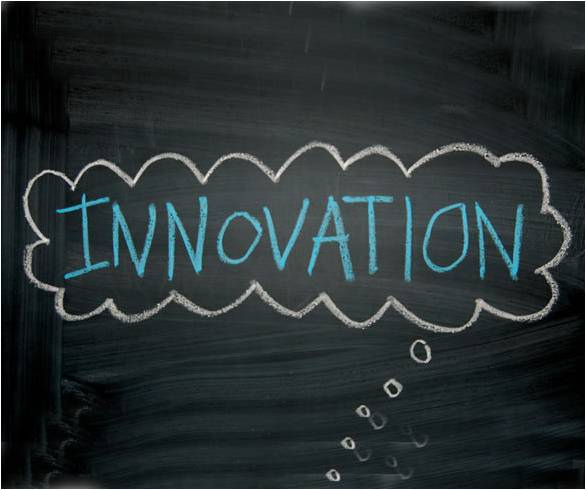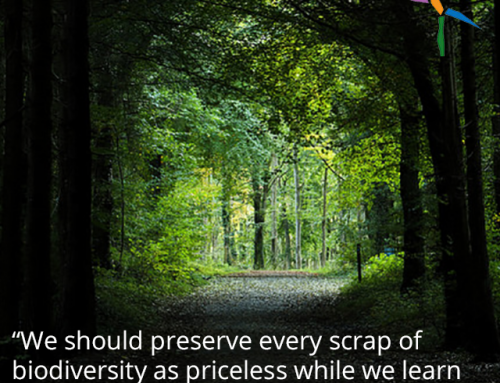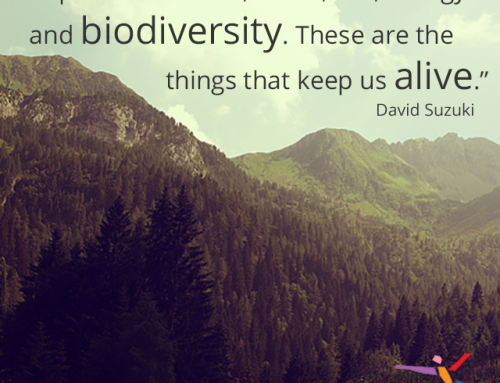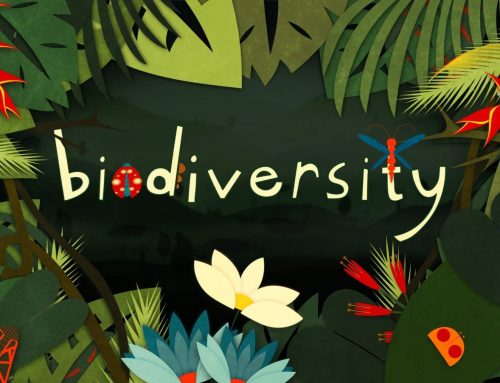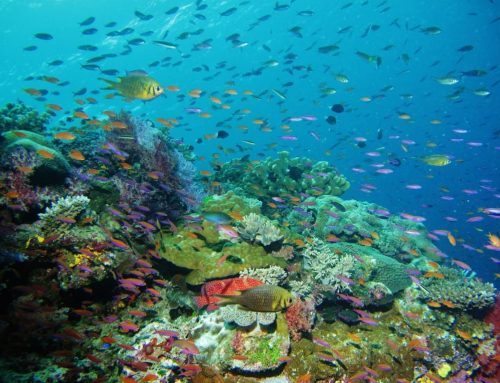We’ve been talking this month about the idea of innovation and how it merges and loops around concepts like marketing, consumerism and environmentalism. We’re talking in depth about how the idea of innovation can fuel marketing campaigns that encourage you to buy more, more, more. We’re showing you some of our favorite innovations that we think could help to reduce waste and save the planet. Today, we wanted to talk about the concept of how innovation isn’t always a good word when it comes to environmentalism. We often tend to associate anything that’s innovative with being able to improve the current plight of the world. But that’s not always true, especially in our field.
What Drives Innovation?
The first thing that we have to accept is that not all innovation is driven by idealism. We know, we know. This is not a hard concept for any true postconsumer to believe. Yes, there are plenty of innovative ideas, inventions and activities happening in the world that are driven by individual’s and group’s desires to truly make the world a better place. We honestly believe that Elon Musk just wants to make the world a better place. But there’s also a ton of innovation that’s driven by capitalism and the desire to create wealth. We could probably all agree that, for better or for worse, the iPhone was an amazing innovation that really changed how we would live our lives. But was the iPhone created because Steve Jobs honestly wanted it to be used to improve the quality of life in the (first) world? Or was this innovation created to fuel goals that had more to do with money and ego? We’re going to stay out of the Steve Jobs debate and let you determine that answer for yourself. However, take the cue and think for a moment about the difference between amazing innovations derived from a person or group’s passion to improve conditions versus innovations that have more self-serving origins.
So, Is Innovation Good for the Environment?
Like all things, this isn’t a black or white answer. There are some innovations that – by design or by accident – are incredibly helpful to the environment. Obviously we would count more efficient ways to use and conserve energy among these. There are some innovations that are flat out bad for the environment – and no matter what you think we can probably all agree that the iPhone is one of these. The hazardous waste, material consumption and social workforce implications of the iPhone are well documented. And then there are some innovations that simply can’t be labeled as either good or bad for the environment. What’s an example? Solar panels.
At first glance, it may seem as though solar panels are the best thing to come around and happen to the environment in a very, very long time. After all, now we can harness clean solar energy and leave behind dirty fossil fuel energy. We can reduce carbon emissions and help to make the planet healthier – and that’s all great, right? But is it? Because a solar panel doesn’t create itself. It’s made through a chemical and materials-rich manufacturing process that releases its own set of waste and toxins into the environment. This summary on Mother Jones is a little bit old, but not much has actually changed in the handful of years since it was written. However, in the hype to improve use of clean energy, most people have overlooked (or failed to look into to begin with) the environmental hazards associated with solar panel manufacturing and the long term implications of weighing all factors.
The Other Issue: Innovation Fuels Consumerism
We don’t want to hammer this point home too hard, but there’s also an undeniable link between innovation and consumerism. When something is new and better, everybody wants to upgrade to it. And that leads to consumer behavior and even “programmed” consumer behavior. The link between consumer mindsets and environmental damage is fairly well covered on Postconsumers.com (after all it’s part of our mission!) and other websites. We certainly don’t blame people for wanting to obtain things that are better. But as we stated earlier, identifying what’s truly better versus what’s a marketing ploy to make you think something is better is a skillset that unfortunately we don’t train most people in. Maybe the best innovation of all is mainstreamers finding the satisfaction of enough for today – now there’s a leap in human development!
What’s the Bottom Line? Do Your Research.
Finding your comfort zone in the area between innovation, environmentalism and consumerism is, unfortunately, not as simple as reading a grid or the back of a product box. Like most things in the world today, people need to commit to doing large amounts of research about new products, the companies or individuals who developed them, the manufacturing process and concerns by groups that watchdog social and environmental practices. At the end of that research, you’ll probably have a list of pros and cons about the innovation that doesn’t lead to a clear decision about whether it’s ultimately good or bad. At that point, you’ll need to make a decision based on your personal values and which elements of the pros and cons are most important to you about what you want to do. Are the benefits of the innovation greater than the drawbacks when compared to your personal values, or is it the other way around? No organization can truly tell you that – only you can make that determination.
The world isn’t a black and white place, and that’s even true when it comes to efforts to make it better. Being a responsible (post)consumer is as much about recognizing that as it is about taking responsibility for your consumer decisions, whether they involve innovations or not!
Did we miss a thought about innovation and environmentalism that you love and would like to share? Tell us about it on the social media channels below.
Facebook | Twitter | Instagram | Tumblr | Pinterest | Google+
